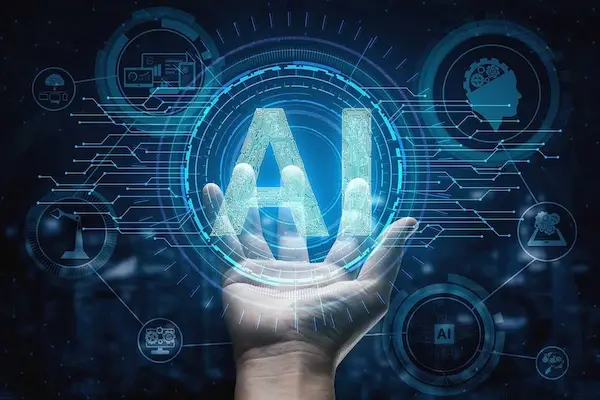No products in the cart.
- Home
- All Passive Income Methods
- Want to See How Much Other People Earned?
- Beginner’s Guide to Passive Income
- My Journey on Passive Income that 99% Population Don’t Hear About
- Litigation Financing – 30% ROI Anyone?
- IPO Under 90 Days!
- IPO Hopeful
- Unicorn Potential?
- An Enjoyable Hobby That Appreciates Too?
- Microlending in Africa
- How You Profit from Beyoncé and Bieber?
- Private Lending
- Tax Lien & Tax Deed in US
- You Can Still Get Bitcoin for $50K???
- A New Strategy with 40%–90% ROI in Year 1
- About Us
- Contact Us
(3) – What Exactly Does It Do?
Picking up from the previous conversation, Reza said, “Out of the 1-2 trillion spent annually, about 40% goes directly to middlemen! For example, to contractors, property managers, etc. It’s all pure markup—such a huge waste! And this is just for handling the PO contracts. Aside from that, did you know that there are about 1 million people in the U.S. working in related fields? Now with our AI bot, even if we only replace 20,000 of those 1 million workers—just 2% of the labor market in this industry—we’ll save 1 billion dollars in expenses!”
I asked, “Are you really confident your AI bot can replace human labor?”
Reza responded, “Think about it. When a tenant submits a maintenance request, what does the human labor have to do?”
I said, “Ah, it’s such a hassle. You have to clarify the repair issue with the tenant, look at photos, sometimes even go to the site, then call around to find a company that handles that kind of repair in the area. Then, you have to negotiate, compare, bid, arrange for them to inspect, get quotes, schedule a time, and finally verify the work and make payment. It’s a lot of tedious, time-consuming tasks that really drain people.”
Reza then showed me a conversation where the AI interacted with the customer. From the moment the request was received, the AI analyzed the problem, found the appropriate repair company in that area, confirmed the scope of the work, the price, and scheduled the appointment—all done right on the screen 😂
I laughed.

I asked, “How is this even possible? No human intervention?”
He replied, “This is a relatively mature AI. This task doesn’t need much human intervention anymore. It’s already smart enough to automate over 70% of the work. But you can still intervene in the conversation if needed. The core secret to how we achieve this is in the algorithms and data we use to train the AI. Our training data is extremely vertical and precise. For instance, just for problems and solutions in the maintenance field, we have 20-30 subcategories of issues. Each subcategory has around 30 types of problems, and each problem type has a dozen different solutions. So the computational mutations create a massive database with countless different combinations to feed the bot for training. When you first invested, human intervention was still over 50%. But after just a few months, the bot has shown visible improvement every month. Now it’s already handling over 70% of the tasks, and in a few more months, we expect it will reach 80-90% completion. The speed of the AI’s evolution is astonishing.”
I said, “But I still don’t get it. How can the AI, right from the start, pick the best repair company for the property’s area? That’s so smart!”
He said, “After each property management company signs up with us, there’s a Q&A session where the property manager dumps all their business processes, vendor lists, and each vendor’s service areas, strengths, weaknesses, historical quotes, etc., into the system. The AI then uses this data to self-train and evolve with the database and algorithms.”
“Got it,” I said, “That sounds much more realistic 😂.”
I asked, “It all sounds great, but I’m still a numbers person. How does it make money? What’s the current data look like?”
He replied, “Our revenue comes from three main sources: one is the software itself (SaaS), the second is the labor market, and the third is the vendor servicing market. I’ll share the detailed numbers next time!”
